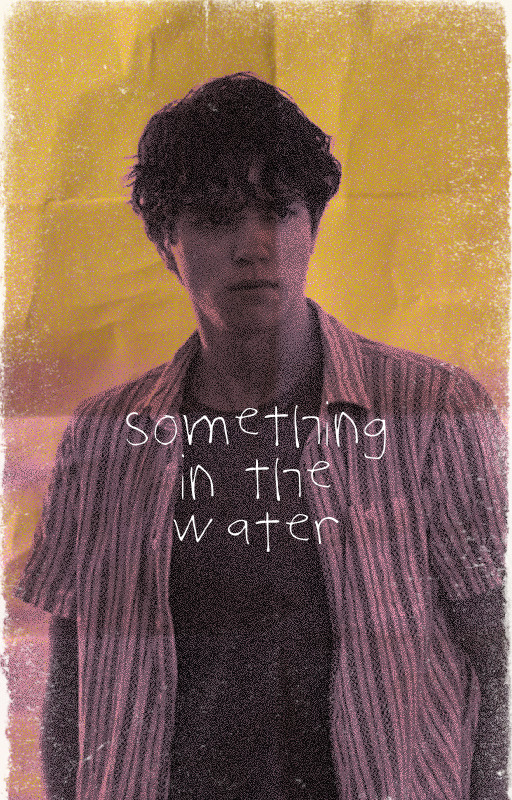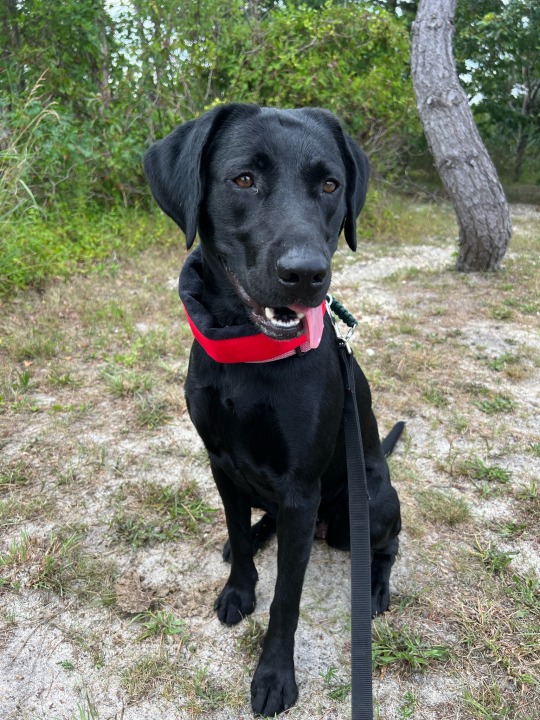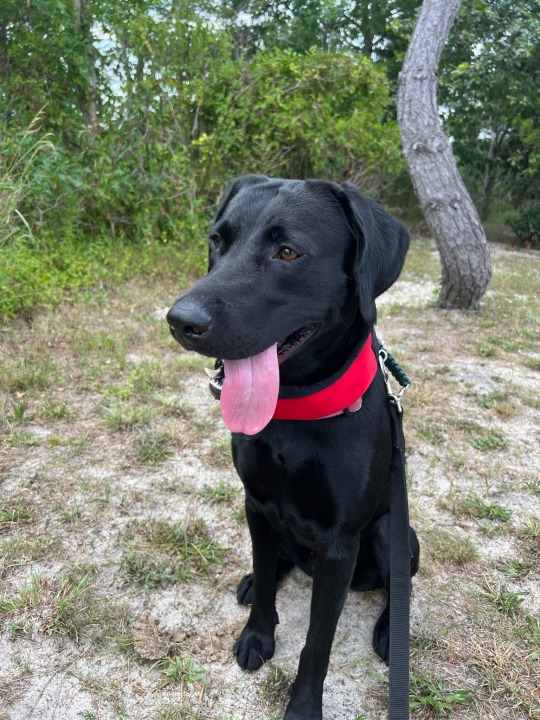#dog days of summer
Text



The dog days of summer is officially here
20-Jul-2023
#summer#flowers#cottagecore#nature#fairycore#cottage aesthetic#dog days of summer#butterfly#bees#summertime#flora#floral#botany#farmcore#cottage fairy#animals#paradise#aesthetics#photography#original gif#gif
139 notes
·
View notes
Text






dog days of summer covers ☄. *. ⋆
taglist: @witchofinterest @kentaroranda @partiallypearl @eddysocs @dogscomplex @compoundvee @hiddenqveendom @daughter-of-melpomene @bibaybe @joshdiaz @arrthurpendragon @shades0frainbow @xoteajays
23 notes
·
View notes
Photo

Beast Boy by Francis Manapul
#garfield logan#gar logan#beast boy#dc comics#krypto the superdog#bat cow#dog days of summer#dc#cover art#francis manapul#coveredit
117 notes
·
View notes
Text
What's your monthly favorites Kdrama on this December???
#kdramaconfessions#kdrama#kdrama confession#kdrama confessions#korean drama#k drama#korean actor#korean actress#drakor#my demon#song kang#kim yoo jung#moon in the day#the story of park's marriage contract#daily dose of sunshine#park bo young#vigilante#nam joo hyuk#Anyone anywhere#dog days of summer#cha eunwoo#Korea-khitan war#The true love of madam
19 notes
·
View notes
Text
Houndour & Houndoom
Houndour (#228)
Canisinfernis fidelis
Houndour are social Pokémon that form packs with others of its kind. In this world, Houndours and their evolution are substitutes for coyotes.
Houndour average at 2 feet tall (0.6 M) and 23.8 pounds (10.8 kg). They are small lads.
Habitat: The grasslands, cities, and mountains of Turtle Island/the Americas. They are incredibly versatile in the habitats that they can live in, and have recently become increasingly common in urban areas.
Life Cycles: Houndours are born in early April to average litter sizes of 6. They are entirely dependent on their two parents for food and shelter until they’re old enough to leave the nest around August timeframe. Whether or not they actually do leave their parents is a different matter. Some do, some don’t. Their family structures are fluid in these regards, with packs forming from parental pairs and their offspring, and often with siblings or even unrelated Houndours. A Houndour is usually reproductively mature come the following mating season in January/February (so long as it has reached level 15). An individual usually reaches adult proportions around September, which is often when they achieve level 15, too.
As grown Houndours, individuals may stay with their parents to patrol territory and help in hunting, or they may move on to claim their own territory. It is rare to see Houndours outside the structure of a pack.
Behavior: Houndours form packs with others of its kind, sharing immense loyalty to each other and communicating in a refined language of barks and howls. Their teamwork is considered unparalleled, and a pack of Houndours is a highly effective force not to be reckoned with. This loyalty and intelligence lends them to being excellent companions to humans, especially those with great need for a Houndour’s intellect. In high-density urban areas, Houndours have even been known to take the subway!
They communicate with each other using a refined series of barks and howls. Barks are used for determining the location of pack members, especially during a hunt, while howls are a declaration of territorial ownership.
Diet: Houndours are carnivores with a tolerance for omnivorey when necessary, giving them dietary flexibility in urban environments. When they work together, they’re able to take down prey much larger than themselves like Deerling, but they often scavenge the meals of larger predators like Stoutland.
Conservation: Least Concern with some sub-populations being Threatened.
Relationship with Humans: Houndours and Houndooms have a mixed relationship with humans. On one hand, they are treated as invaluable companions that are both loyal and have the intellect necessary to be useful to humans. On the other hand, their intellect makes them seen as wily, conniving, tricksters by many. All things considered though, Houndours and by extension Houndooms had an overall positive/mutually-respectful relationship with the Indigenous Peoples of Turtle Island (the Americas).
In modern times, when anti-predator sentiment rise in folks, Houndours are often high on the list of creatures that rural American farmers want the right to dispose of as seen fit on their own terms. Like coyotes in the real world, Houndours are given the short end of the stick in terms of environmental protections, and they’re generally treated as nuisances and vermin. Their high intelligence not doing them favors in these regards.
Because of the prejudice toward Houndours and Houndooms and dark-types in general, many municipalities do not even consider them for viable starter Pokémon for new trainers, despite their high intelligence and deep loyalty.
Classification: The genus “Canisinfernis” is a combination of “Canis” and “Infernum” (hellfire in latin), and “fidelis” means “loyal”, which in total means “Canisinfernis fidelis” means “loyal hellhound.”
Houndoom (#229)
Canisinfernis canisinfernis
General Information: Houndoom is the evolved form of Houndour. In their guts are a series of toxins that it uses to produce poisonous fire. This gives its flame-breath a foul odor, and allows it to leave burns on foes and prey that are difficult to heal. Its howls are bone-chilling, known to induce shivers in other Pokémon and sending them scurrying back to their nests.
It has a Mega Evolution.
The species averages at 4’7 feet tall (1.4 M) and 77.2 pounds (35 kg), while Mega Houndoom is 6’03 feet tall (1.9 M) and 109.1 pounds (49.5 kg)
Habitat: The same places as Houndours, especially rough terrain areas.
Life Cycles: Houndooms form monogamous pairs that will extend multiple mating seasons. If their pack is a parental pair and their children, it will be the Houndooms who reproduce, but should the pack structure follow a different dynamic, it could be any combination of Houndours and Houndooms who reproduce. Houndooms are loyal, co-operative parents. Males will go out hunting while the females stay behind to raise the Houndour puppies.
Houndooms are known to live for about 20-25 years in captivity.
Behavior: Houndooms are great parents and pack leaders. In a pack, the Houndoom with its horns raked sharply toward the back is the leader of the pack, which is determined by fights for dominance within the pack.
Diet: Houndooms are largely carnivorous but has a mild tolerance for omnivorey.
Conservation: Least Concern, but some sub-populations may be Threatened.
Relationship with Humans: Houndooms are most common as companions of gangs and mafias, since they are most likely to look past their appearance and see them for the valuable companions that they are. This, unfortunately, only contributes to the bad rep that Houndooms receive in the general cultural conscious. Even when European settlers were first exploring the Americas, they likened Houndooms to be servants of the devil and their howls from the grim reaper directly, and that perception hasn’t really changed for a lot of people. Houndooms are also misused in dog-fighting rings, to the great detriment to their cultural perception, and to the outrage of Pokémon Activists and Houndoom Trainers everywhere.
In pop media, if the writers want to quickly convey that a trainer is an intimidating sort, giving them a Houndoom is an easy way to do this—though anyone with a Houndoom of their own will tell you that they’re loving companions who want belly-rubs and treats for being good boys as much as any other dog Pokémon.
Classification: Houndoom are in the broader canids with other dog Pokémon.
Evolution: Houndour evolves into Houndoom at level 24.
~~~~~~~~
Hey guess what, if you like my stuff, this is my website where you can find other Pokémon I've written on and more information about the game that I’m slowly making! Check it out! I write books sometimes too.
#houndour#houndoom#mega houndoom#pokemon#pokemon biology#pokemon biology irl#pokemon irl#pokemon biology irl tabletop#pokemon tabletop#pokemon irl tabletop#tabletop homebrew#homebrew#ttrpg#tabletop#gen 2#pokemon gen 2#gen 2 pokemon#dog days of summer
30 notes
·
View notes
Photo

24 notes
·
View notes
Text

GALTx eNews: The Dog Days Are Here!
According to the Farmers’ Almanac, the dog days of summer officially run from July 3 to August 11 each year. The expression doesn’t have as much to do with dogs as you might think. The Dog Days are the days during which the Sun occupies the same area of the sky as the star, Sirius. Except for the Sun, Sirius is the brightest star visible from Earth. It is part of the constellation Canis Major, which means “Greater Dog.”
Sirius’s appearance near the Sun coincides with the hottest days of the year in the northern hemisphere. The Romans called this time "dies caniculares,” meaning "days of the dog star." They blamed the star for the heat and for the increased incidences of unrest, lethargy and disease that came with it. Ancient writings also mention increased dog attacks during the days of the dog star and suggest feeding dogs chicken manure as the solution. We do not recommend this approach. Egyptians, on the other hand, welcomed the appearance of Sirius near the Sun because it coincided with the flooding of the Nile and a time of plenty for them.
Eventually, we started referring to the days of the dog star as just the “dog days” of summer. For reasons that are not clear, some people formed a belief that, in addition to causing madness in dogs, liquids become poisonous such that bathing, swimming, and consuming water should be avoided during the dog days. Health advisors of the 16th century also advised against purging during the dog days. Fast forwarding several centuries, the pioneers of the American west believed bright, clear dog days brought a happy year end but that rainy dog days led to despair and heartache for the rest of the year.
In 2009, a study intended to test old myths related to the Dog Days found a statistical increase in the number of infections during that time. Whatever your personal beliefs regarding the dog days, we think you’ll agree that Sidney Hall clearly understood the meaning of Canis Major when he chose a Greyhound for his illustration of the constellation (pictured) for his Urania’s Mirror, which was originally published in the early 1800s.
7/6/23
#GALTx eNews#Dog Days#Dog Days Of Summer#Days of the dog star#greyhounds#dogblr#snootblr#dogs#greyhound#greyblr#sighthounds#pets#greyhound adoption#Urania's Minor#Sirius#Canis Major#Sidney Hall#Greyhounds In Art
18 notes
·
View notes
Text

Only thing better than ice cream during the dog days of summer? Free ice cream during the dog days of summer. 🍦🌞 My 1st time trying Graeter's. I got—of course—mint chip (lifelong favorite flavor), my mom got black raspberry chip, and my dad got black cherry chip. 🍒 Thanks for the vouchers, RMD!
[Edit: Thank you for reposting my photo, Chicago North Shore!]
// (c) Jenny Lam 2023
#summer#summertime#sunny#sunny day#brick#ice cream#food#photo#photography#outdoors#chicago#family#sweet#dessert#dog days of summer#foodporn#foodie#eats#midwest#summer vibes
7 notes
·
View notes
Text













edgarafe: an exploration (sources under the cut)
saltburn (2023) - emerald fennell/marcel proust/smell ya later - killing eve s2e5/nosugarallspicenothingnice on pinterest/mothering - ainslie hogarth/something in the water by me :)/arsony - ethel cain/fleabag s2e6/take me to church - hozier/something in the water/frankenstein - mary shelley/it's impossible to keep white moths - emily skaja/i cannot find the source so if anyone knows it pls tell me
taglist: @witchofinterest @richitozier @partiallypearl @eddysocs @dogscomplex @compoundvee @hiddenqveendom @daughter-of-melpomene @bibaybe @joshdiaz
17 notes
·
View notes
Photo

on summer sickness.
(original poetry by me!!!)
#ocpoetry#on summer#summer sickness#original poetry#poems#poets on tumblr#poetry#summer poems#summer writing#writing#writing community#writers on tumblr#web weaving#dog days of summer#summer words#quotes#quote compilation#summer quotes#quotes about summer#poems by julia#poem by me#written by me#this one made me so happy to write#i'm actually quite proud of it!
67 notes
·
View notes
Text
Zacian and Zamazenta
Zacian (#888) & Zamazenta (#889)
[THIS ENTRY IS IN THE MYTHOLOGY SECTION.]
General Information: Zacian and Zamazenta are also known as the Heroic Duo. They are the Sword and Shield of Balance, forces of good that come to the aid of the world when impossible threats emerge to wreck chaos. They are siblings and rivals both, who seek each other’s companionship in battle but will train against each other when there is no call for them. When they choose to be inactive, they will take the form of stone statues, but in this state they are capable of creating projections of themselves within their vicinity. In their true forms they are capable of limited flight as part of their call to arms against Eternatus. Most refer to them as female, but as they are genderless magical wolves, this is more of a human interpretation of them.
Zacian is 9’2 feet tall (2.8 M) and in her Hero of Many Battles form she is 430 pounds (195 kg), while in her Crowned Sword form she is 782.6 pounds (355 kg). Zamazenta is 9’6 feet tall (2.9 M) and is 463 pounds (210 kg) in her Hero of Many Battles form and 1730.6 pounds (785 kg) in her Crowned Shield form.
Divinity: Minor Gods
Heritage: Children of Zygarde
Divine Role: Counter magic to Eternatus and to maintain balance in the world. When inactive, they take the form of stone statues where they can sleep for as long as necessary.
Place in the Wheel of Reincarnation: Zacian and Zamazenta, while they themselves are minor gods in terms of power, capacity, and influence over the world and the Wheel of Reincarnation, their presence is vital the maintenance of balance in the worlds where they are needed. Not every world has an Eternatus, and in the worlds where there is no Eternatus, there is no Zacian and Zamazenta. Eternatus is itself not inherently evil or bad, but its chaotic effects on magic and the ecosystem are potentially incredibly dangerous, and left uncheck make it nightmare for the Eldritch Being of Balance, Zygarde. This is where Zacian and Zamazenta come in, they are the Sword and Shield of Balance that defend the world from unbridled chaos. Should Zacian and/or Zamazenta perish, the Wheel of Reincarnation will not be affected nor will the universe intrinsically make new ones to replace them. Newborn Zacians and Zamazentas must be birthed once more by Zygarde. In theory, there could be more than one pair should a world require additionals.
Personality: Both Zacian and Zamazenta have a fierce determination toward protection and knighthood. They are the defenders of the land and the purveyors of peace, the Sword and Shield of Balance. If befriended, they are an invaluable asset to defeating any forces too big for humanity.
Role Amongst Humanity: Zacian and Zamazenta play roles as heroes of legend, who aid the land in times of great need, and are the pinnacle heroes of the Darkest Day(s). As figures of legend, they are present in fairytales and medieval literature, but their existence in the broader scope of human art is relatively minimal. Such tales describe Zacian as the Fairy King’s Sword, and Zamazenta as the Fight Master’s Shield.
Special Rules: Zacian and Zamazenta come in pairs. Barring special circumstances, there is an even number of them at all times, even if that number is zero. They only exist in worlds where Eternatus is present because their magic is intrinsically designed to be the antithesis to Eternatus’s dynamax magic. In these worlds, they may certainly assist and aid in other matters of maintaining balance, but such heroes must call upon their aid, while for Eternatus they have instincts that tell them when and where they are needed. They do not exist to end Dynamaxing, simply to balance it and possibly even contain it, and are entirely incapable of Dynamaxing themselves.
Zacian will form shift into its Crowned Sword form when presented with the Rusted Sword, and Zamazenta will form shift into its Crowned Shield form when presented with the Rusted Shield. These are their true forms. These items are actually aspects of their essence that split off when they do not need to embody the full extent of their power (this is exhausting). In their Crowned Sword and Shield forms respectively, Zacian becomes a Fairy/Steel type and Zamazenta becomes a Fighting/Steel type.
When Zacian or Zamazenta enter their true forms, Iron Head turns into Behemoth Blade or Behemoth Bash respectively.
Rules for the Mythology Section: All Pokémon listed exclusively under the mythology sections are entirely uncatchable by conventional means. Pokémon Trainers are not able to catch these Pokémon because they are gods and eldritch beings. Only Pokémon Rangers have a chance at taming these beings.
#mythology#pokemon#zacian#zamazenta#pokemon biology irl tabletop#pokemon mythology irl#pokemon tabletop#pokemon irl#tabletop hombrew#homebrew#ttrpg#pokemon sword and shield#pokemon gen 8#gen 8 pokemon#gen 8#zygarde#dog days of summer
16 notes
·
View notes
Text


Rolling out the new client #WelcomeWaggin for this energetic girl 🐶🐾
❄️BONUS❄️ we’re avoiding the heat with a cooling collar
#cute#dogsofinstagram#dog#funny#smile#playoutside#waggin Wednesday#welcome waggin#Wednesday#humpday#black lab#dog days of summer#July#dogdaysofsummer
2 notes
·
View notes

